You are here
Back to topYunnan Booms as China’s Second-Largest Gateway for Durian Imports
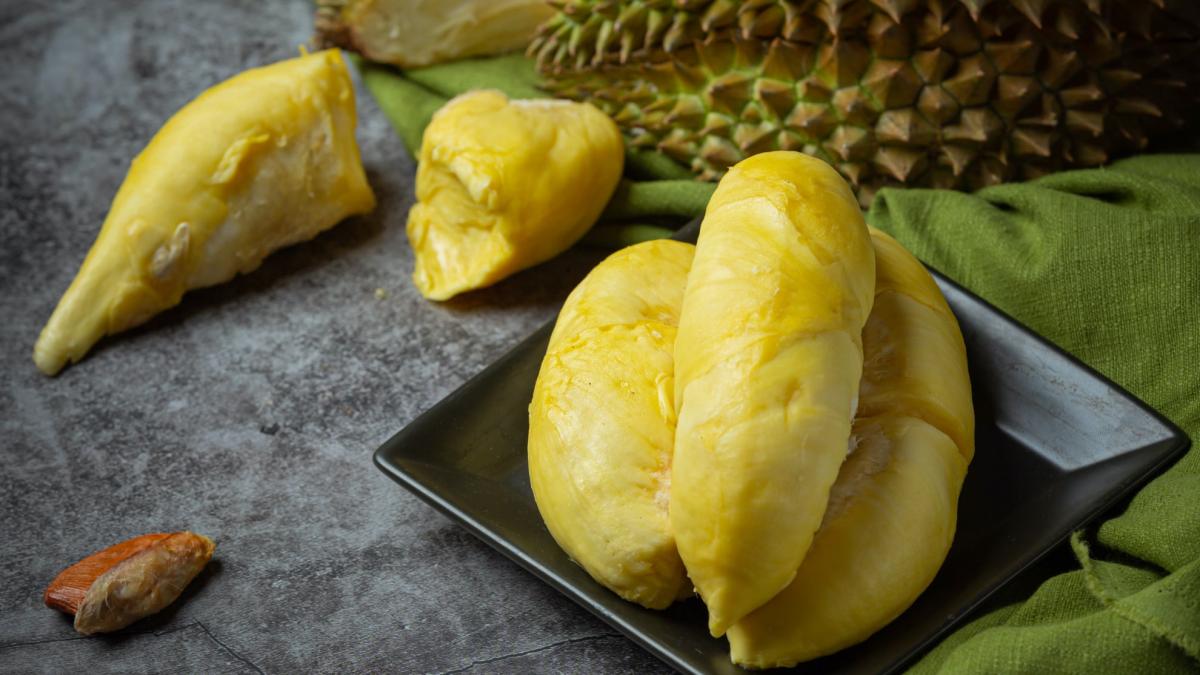
According to data from China Customs, durian imports into Yunnan province hit 151,000 metric tons in the first half of this year, representing a 27.6% increase over the same period of 2023. Meanwhile, the import value rose by 24.3% to 5.03 billion Chinese yuan ($707 million), accounting for 17.8% of China’s total durian import value, up from 15.2% in the first half of last year. Both the import volume and value ranked second among China’s provinces and first in western China.
Between January and June, Yunnan received 92,000 metric tons of durians from Thailand with a total value of 3.43 billion yuan ($482 million). This amount represented 16.9% of all Thai durian imports into China, second only to Guangdong province. Meanwhile, Vietnamese durian imports totaled 59,000 metric tons and were valued at 1.6 billion yuan ($225 million), accounting for 20.3% of China’s durian imports from Vietnam and ranking first in the country. Various modes of transportation, such as rail, road and river transport, have all contributed to Yunnan’s rapid growth in durian imports.
Since the opening of the China–Laos railway, Yunnan’s share of China’s durian imports has increased significantly. According to customs data, in 2021, prior to the launch of the route, the province’s durian imports accounted for only 7.7% of the country’s total, ranking fifth in China. In 2022, after the route was put into operation, Yunnan’s share almost doubled to 14.4%, propelling the province to second place nationwide. The Lancang-Mekong Express, a freight train that runs on the China–Laos railway, transports large quantities of Thai durians to China, with Yunnan’s Mohan Port serving as a gateway for the fruit into the Chinese market. In the first half of this year, 60,000 metric tons of durians were transported via the China–Laos railway, representing a 115.4% increase over 2023. The value of these imports reached 2.28 billion yuan ($320 million), up 140.9% from the same period of the previous year.
Significant quantities of Vietnamese durians are also imported into China via Hekou Port, a major land crossing on the China–Vietnam border located in Yunnan. Over the last two years, imports of Vietnamese durians via Hekou Port have grown considerably. In July 2022, the General Administration of Customs of China officially granted market access to fresh Vietnamese durians, and the first batch was imported via Hekou Port in October of that year. Because of its advantageous location, the port has become one of China’s busiest import hubs for durians. In the first half of this year, Yunnan imported 59,000 metric tons of Vietnamese durians, up 270.7% from 2023, with a total import value of 1.6 billion yuan ($225 million), a 250.9% year-on-year increase.
Yunnan’s Guanlei Port, which was recently approved for inbound fruit inspection, plays an important role in helping durians “go upstream” along the Lancang-Mekong River. The port is the only designated inspection site for water-transported fruit imported into Yunnan. The first consignment of durians traveled upriver from Chiang Saen Port in Thailand and arrived in Guanlei Port in two days, where it was inspected and cleared for entry. It is predicted that the majority of the fruits imported through Guanlei Port will be durians, mangosteens and longans originating from Thailand and other ASEAN countries. Fruit imports through this port are projected to reach 150,000 metric tons by 2025 and 300,000 metric tons by 2030.
Image: PxHere
This article was based on a Chinese article. Read the original article.




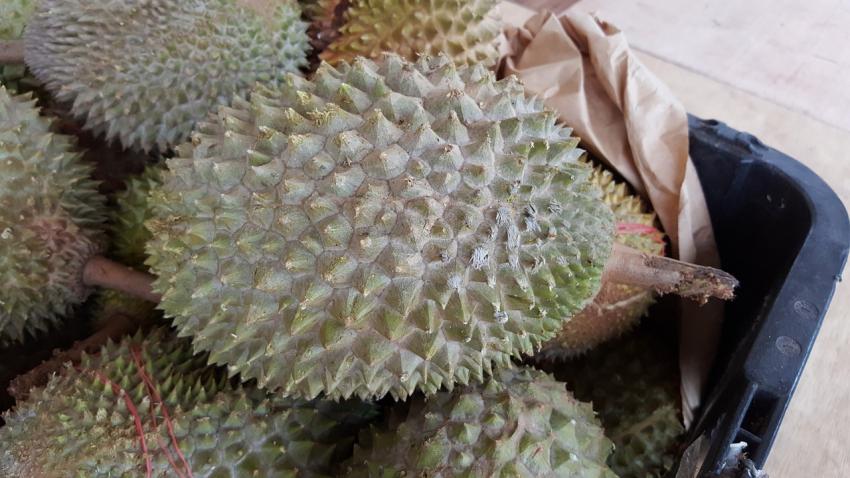
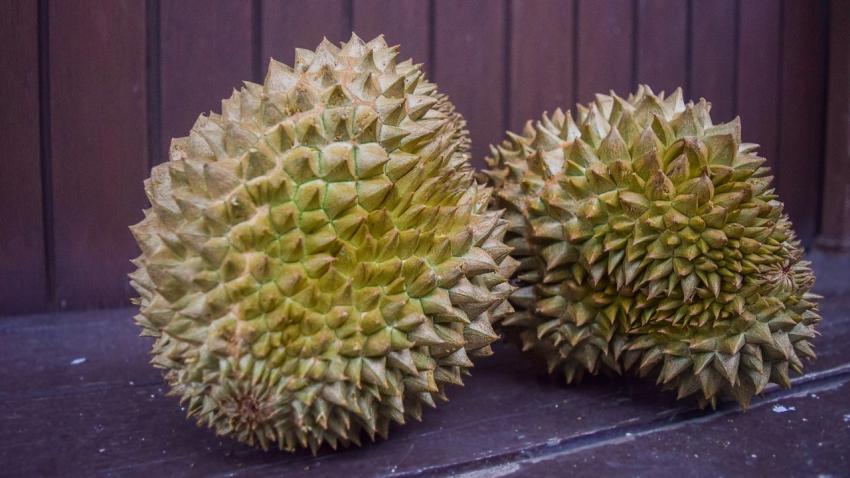
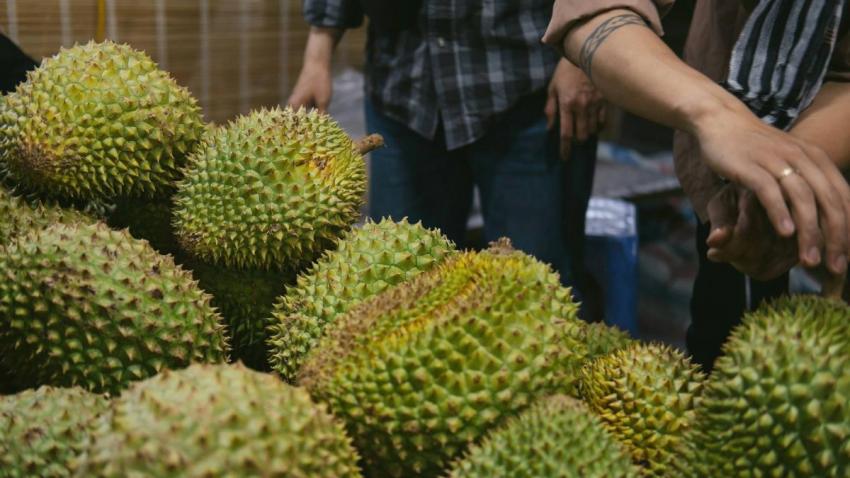
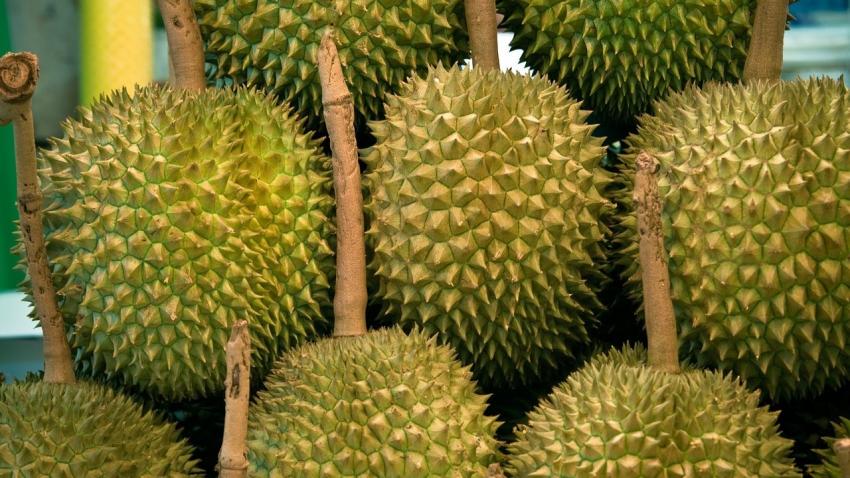






Add new comment